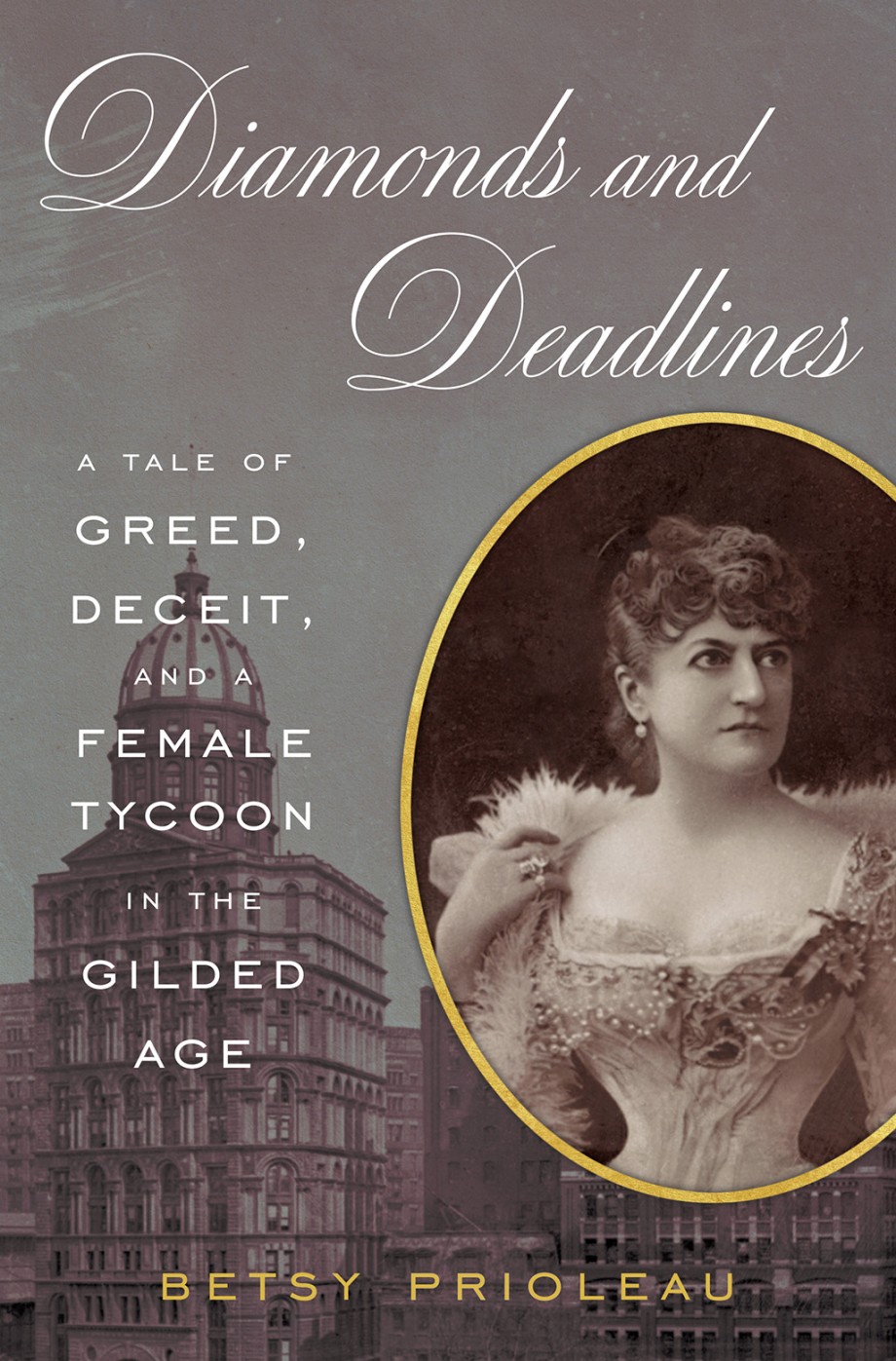Searching newspaper archives for famous women can be tough, because for a long time women were generally referred to by their husband’s names. For example, “Mrs. George Putnam” was actually Amelia Earhart, and Whitney Museum founder Gertrude Vanderbilt Whitney was called “Mrs. Harry Payne Whitney” long after her husband had died.
That isn’t the case with Mrs. Frank Leslie. When she inherited her husband’s newspaper business in 1880, she also legally changed her name to her late husband’s, Frank Leslie. “Mrs. Frank Leslie” was her actual name, and with it she rebuilt a publishing empire and became one of the most famous and notorious women of the 19th century.
Leslie has been largely forgotten today, but author Betsy Prioleau recounts her life in the new book “Diamonds and Deadlines: A Tale of Greed, Deceit, and a Female Tycoon in the Gilded Age.” There are many startling revelations: Leslie was probably, and secretly, biracial, had been a prostitute in her youth, was both a writer and frequent subject of gossip and fashion columns, and was four times married and three times divorced in an age where one divorce could spell public ruin.
She was also a talented linguist, speaking at least four languages, and a brilliant newspaper editor, rescuing her husband’s business from bankruptcy.
One of the biggest shocks about Leslie came when she died in 1914. Though she had never been a part of the women’s movement — and had often mocked feminists in the pages of her periodicals — she left her entire fortune to suffragist Carrie Chapman Catt, who used the money to bankroll her “winning plan” for the 19th Amendment, granting women the right to vote.
Her influence on the movement “was bigger than anybody realizes,” Prioleau said in an interview with The Washington Post. As “an outsider,” Leslie “rescued the movement when it was really in a death spiral.”
Mrs. Frank Leslie was born Miriam Follin in New Orleans in 1836. Her father was a gambler named Charles Follin; her mother was “anyone’s guess,” according to Prioleau. Charles Follin’s first wife had died years before Miriam was born; his second wife, Susan Danforth, the woman Miriam called her mother, didn’t come on the scene until Miriam was 6. Using old court testimonies and will records across several states, Prioleau points to the likelihood that her mother was a Black woman enslaved by her father.
Later, Leslie would reminisce about her privileged upbringing in aristocratic New Orleans, even claiming to be a baroness. It was all made up; Charles Follin was an absentee father who squandered his inheritance, and as young girl Miriam was sent to live with Danforth in Cincinnati and then New York City’s tenements.
